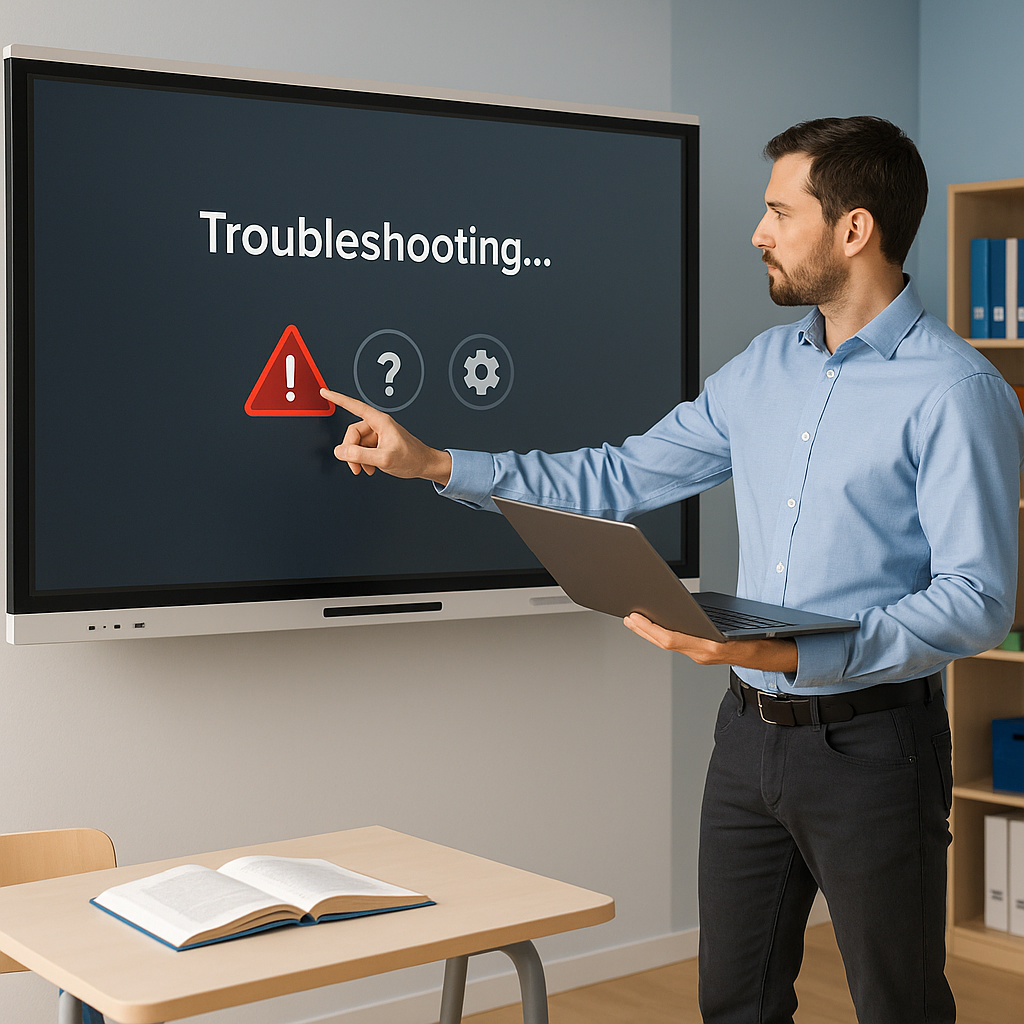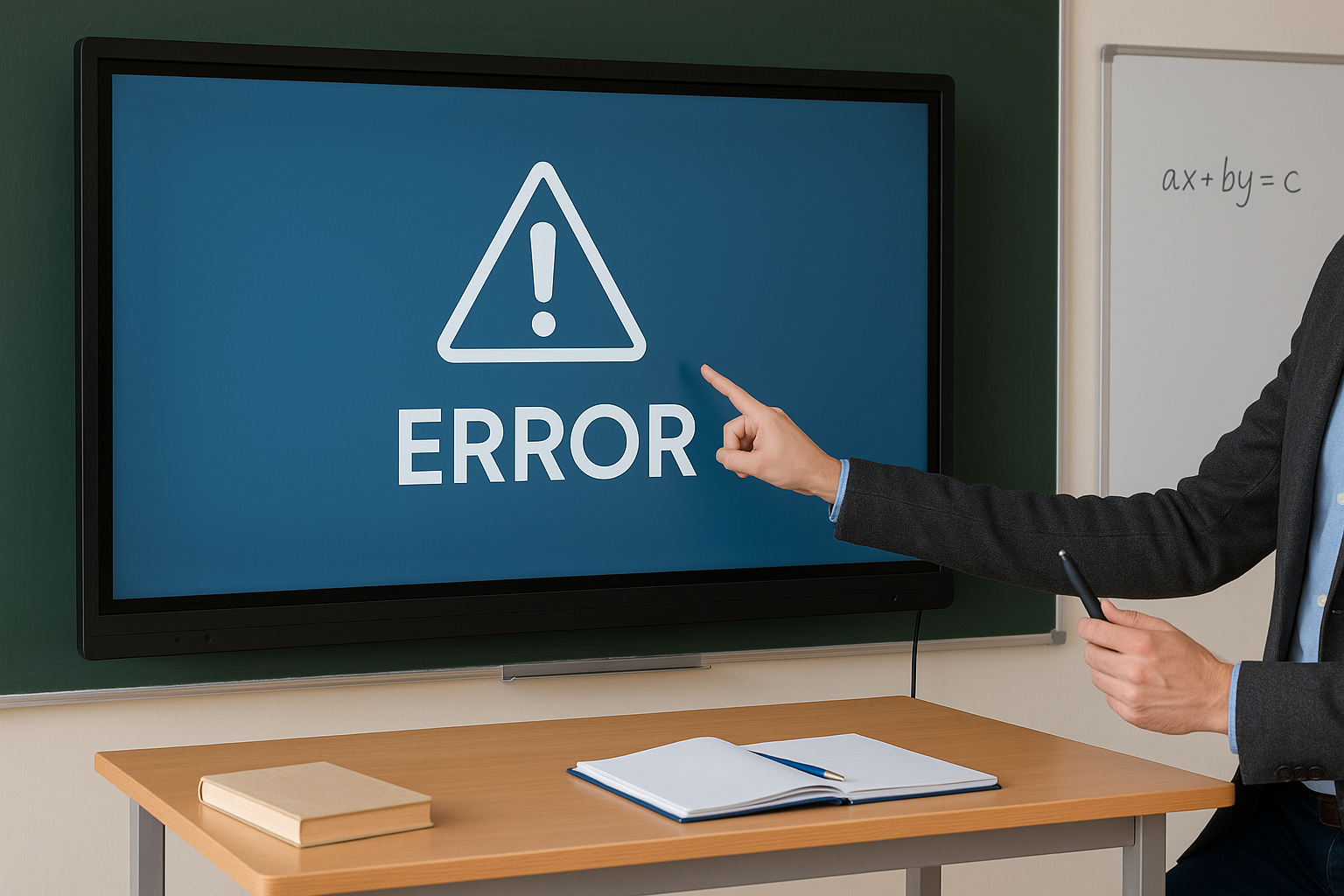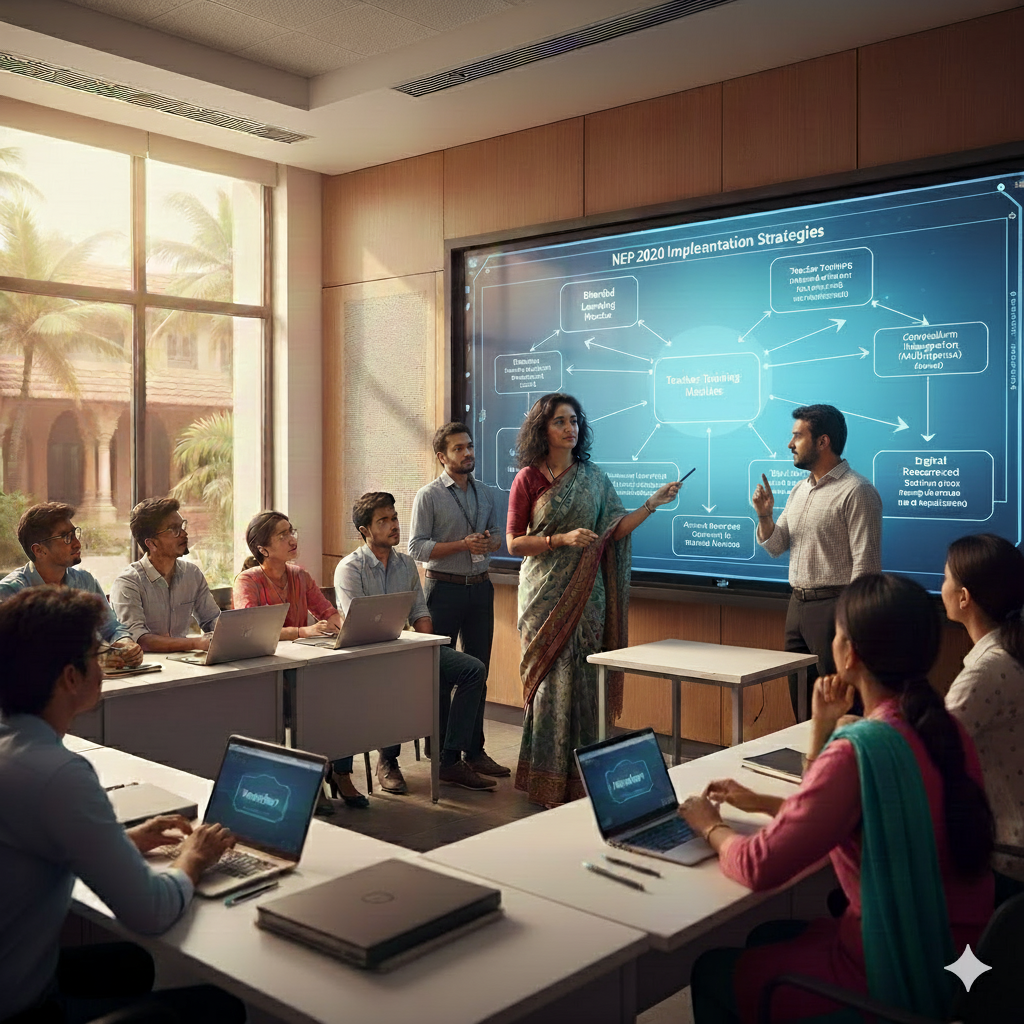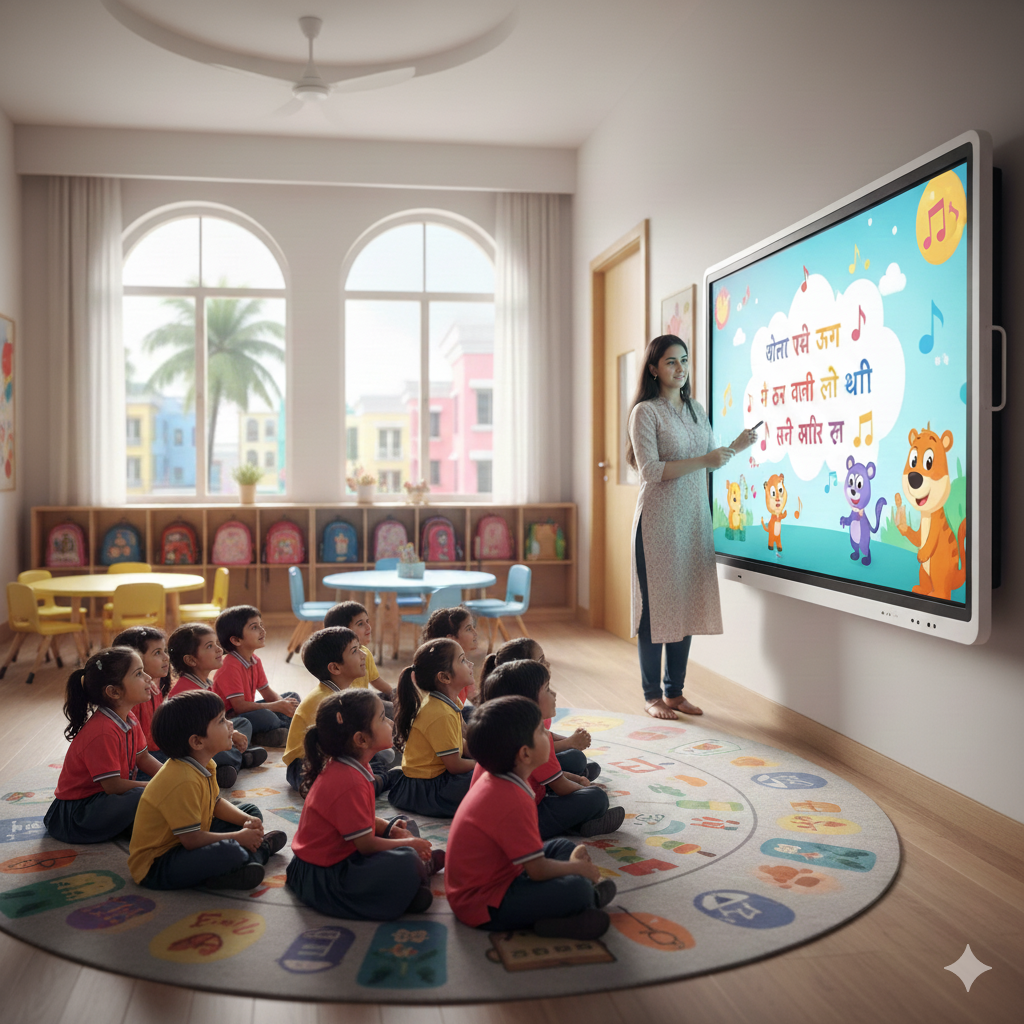Troubleshoot Common Problems with Interactive Flat Panel Displays in Classrooms

Walk into any digitally enabled classroom today, and chances are you’ll see an interactive flat panel display mounted at the front. It's fast replacing old projectors and whiteboards. But even with all their smart features, these displays aren’t immune to glitches. A frozen screen during a lesson or a pen that suddenly stops working can quickly throw a class off track.
For many teachers and IT heads, these hiccups aren’t just technical. They’re real interruptions to learning. This guide breaks down the most common issues schools face with interactive displays, and more importantly, what you can do when things go wrong. Because sometimes, it’s a quick fix. And sometimes, it’s about choosing a better system in the first place.
Why Interactive Flat Panel Displays May Stop Working?
While interactive flat panel displays are designed to be reliable, school environments present unique challenges. Some common causes for malfunctions include:
- Power fluctuations – Especially in Tier 2 and Tier 3 cities, sudden voltage drops can affect performance.
- Dust and chalk residue – Indian classrooms still use chalkboards, and the fine dust can settle into ports or sensors.
- Frequent plugging/unplugging – Many institutions move hardware between rooms, increasing wear and tear.
- Outdated firmware – If the panel doesn’t auto-update, it can slow down or crash due to outdated drivers.
Understanding the root of a problem is the first step to solving it.
7 Common Interactive Flat Panel Display Problems — And How to Fix Them

1. Touch Not Responding or Feels Delayed
This is one of the most reported issues with interactive displays in classrooms. Sometimes the touch stops working altogether. Other times, there’s a noticeable lag.
What to check:
- Is the screen clean? Smudges or dust can affect responsiveness.
- Have you calibrated the touch recently?
- Are too many apps running at once?
Quick fix: Wipe the screen gently with a microfiber cloth. Reboot the system and run the calibration tool. If it's an OPS-enabled panel, close unused apps to free up memory.
2. The Display Won’t Turn On
Nothing’s more frustrating than a black screen before class begins.
What to check:
- Power supply and wall socket
- Remote battery or manual button
- Surge protectors or stabilizers
Quick fix: Try a different power outlet. Long-press the power button on the panel instead of using the remote. If it still doesn’t turn on, check if the main cable or power port is loose.
3. No Sound from the Display
Your presentation looks great, but students can’t hear the video. Sound issues are often minor—but distracting.
What to check:
- Volume settings (on panel and connected device)
- Audio source selection
- HDMI or USB-C cable connection
Quick fix: Ensure the audio output is set to “internal speakers” on the settings menu. Test a different cable if using an external device. Restarting both the interactive flat panel display and laptop often solves sync issues.
4. Flickering or Blurry Screen
A flickering or unclear display makes it difficult for students to focus, especially those sitting at the back.
What to check:
- Loose HDMI cable
- Incorrect resolution settings
- Graphics card driver (if OPS module is used)
Quick fix: Reconnect cables. Adjust resolution to match the panel’s native display (e.g., 4K or Full HD). If using a built-in PC module, update the display drivers.
5. System Freezing or Apps Not Responding
Interactive flat panels that use Android or Windows can freeze if overloaded.
What to check:
- Storage space
- Number of apps running simultaneously
- Last system update
Quick fix: Clear cached data from settings. Restart the display. Uninstall unused apps. Regularly checking storage settings can help prevent system slowdowns caused by cluttered memory.
6. Connectivity Issues (Wi-Fi, Bluetooth, USB)
Connectivity problems slow down everything—from screen sharing to content uploads.
What to check:
- Wi-Fi network stability
- USB port damage
- Bluetooth pairing errors
Quick fix: Restart the network connection from settings. Test a different USB device. For Wi-Fi, switch to a mobile hotspot to isolate the issue. Some interactive flat panel displays come with dual-band Wi-Fi support to minimize interference.
7. IR Pen or Stylus Not Working
Sometimes the pen writes with a delay. Other times, it stops working entirely.
What to check:
- Battery (for active pens)
- Dirt on the infrared sensor
- Alignment of the pen with the screen
Quick fix: Clean the sensor area. Replace the battery or recharge the pen if applicable. Re-calibrate the display.
When to Call for Support
While many issues are easy to fix, certain problems need expert help:
- Cracked or unresponsive display
- Internal speakers not working despite all settings being correct
- The system doesn’t boot even after power reset
Always choose an interactive flat panel display provider with responsive support and a strong presence in India. Roombr, for example, offers remote diagnostics, fast part replacement, and multilingual support across the country.
Preventive Care for Longer Display Life
You can avoid many of the problems above with regular care:
- Daily: Power down properly. Clean the screen with a soft cloth.
- Monthly: Check for software updates. Test all ports.
- Quarterly: Inspect cables for wear.
- Yearly: Run a hardware checkup or call for preventive maintenance.
If you’re managing multiple classrooms, create a basic checklist for teachers to report issues early.
Final Thoughts
Classroom tech should make teaching easier—not harder. While interactive flat panel displays are robust tools, they may still need occasional troubleshooting. By understanding the common issues and how to resolve them, educators and IT teams can reduce downtime and ensure smooth classroom experiences.
The right display doesn’t just work—it supports your goals. Choose one that’s reliable, well-supported, and made for Indian classrooms.
Discover how Roombr simplifies digital classrooms with AI-powered interactive displays designed for real-world teaching.
Foziya Abuwala
Share
Step Into the future of
Education with Roombr










.png)






